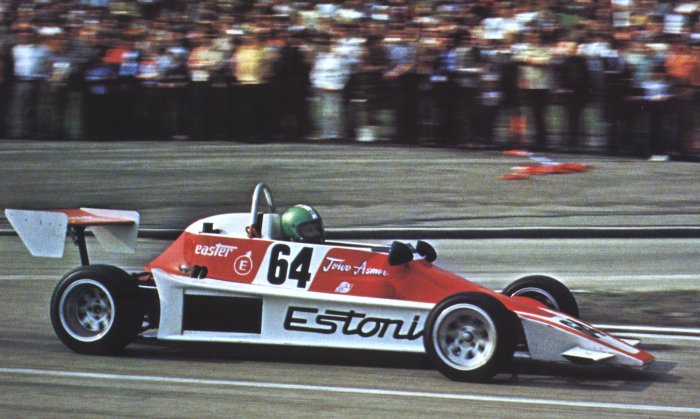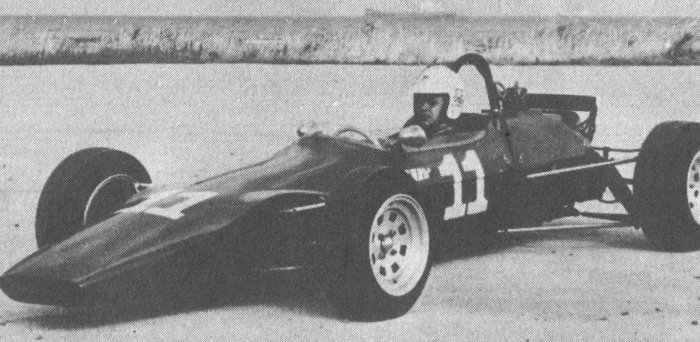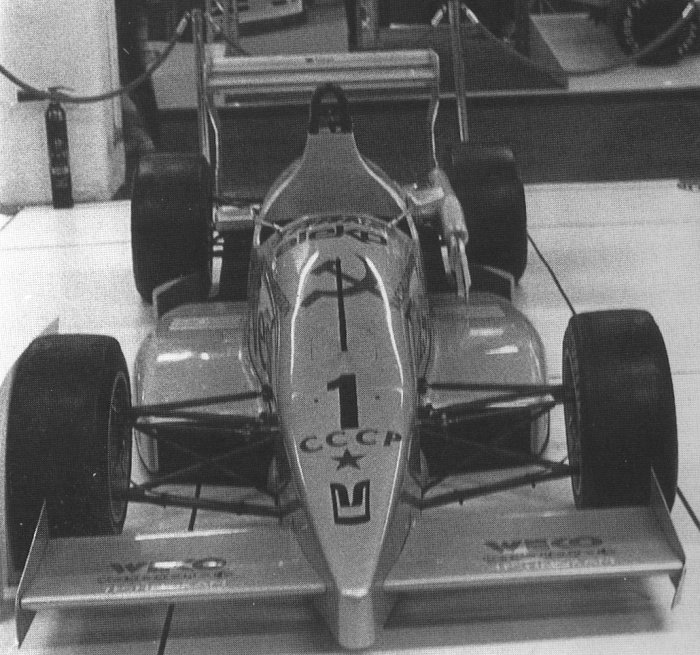Tark
1971
1989
Suddenly in 1989 the name TARK returned to the world of F3 when two cars appeared in the German F3 Championship. In fact the connection with TARK was minimal, the project seems to have been part of an unsuccessful plan to use the TARK facilities to produce a formula car to be sold in Eastern Europe. The project ended badly with no cars having been produced.
The TARK Aleko JK173 was a conventional late eighties machine, designed by former Zakspeed employee Johannes Knapp, it was built by the German Eufra team. It had a carbon fibre chassis with inboard suspension and was powered by a VW engine. It was off to a good start in its first race, a non-championship event, when Rosso took second behind one Michael Schumacher and ahead of Karl Wendlinger. Another second in a Championship round at the Nürburgring followed but from then on results fell away and the cars struggled to finish in the top ten. That was the end of the TARK return to championship racing.
Drivers
1966 Ants Seiler (as Estonia Mk9).
1967 Yuri Andreev (as Estonia Mk9).
1989 Ralf Kelleners, Victor Rosso, Meik Wagner.
1992 Tomas Karhanek.


